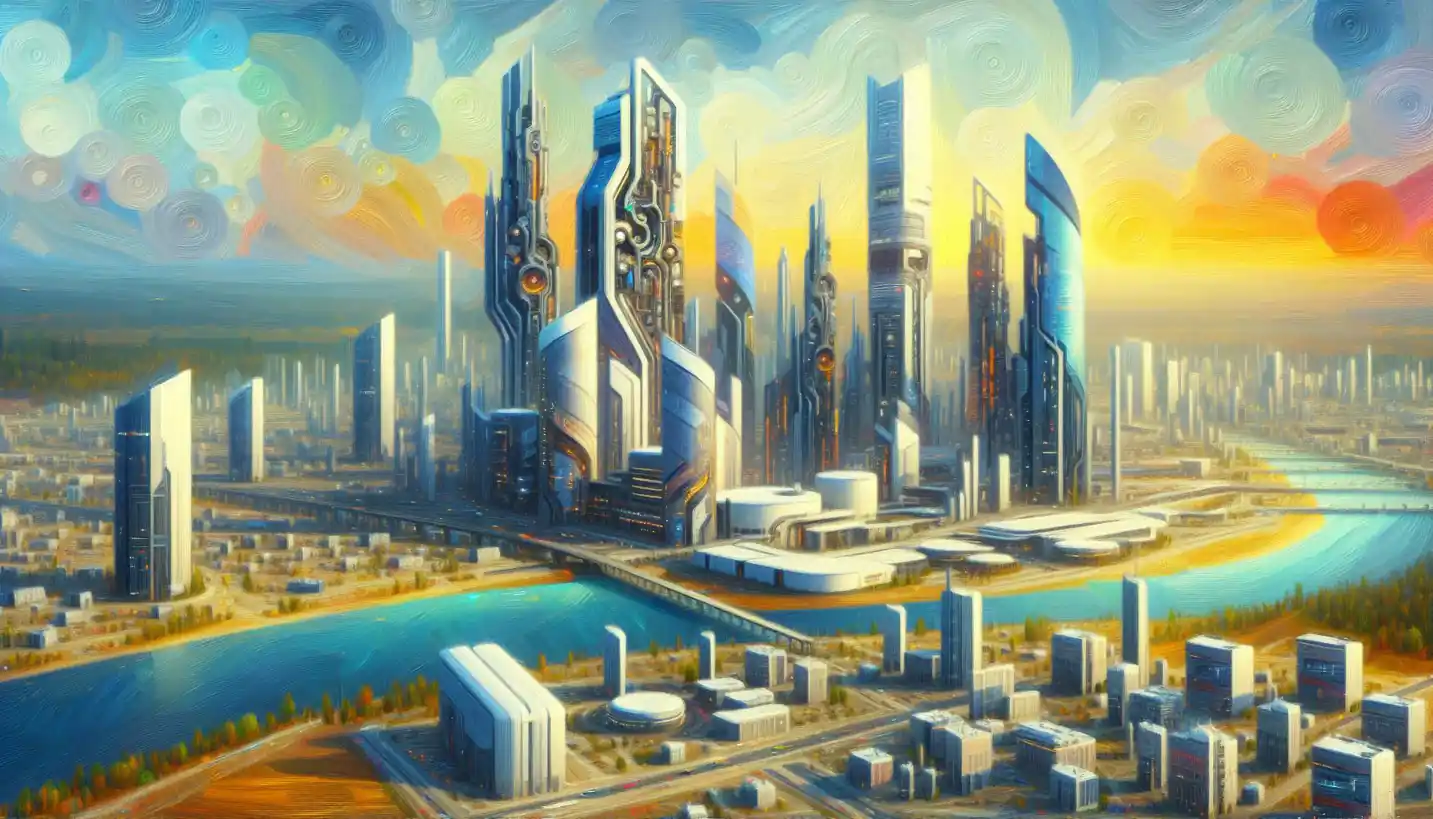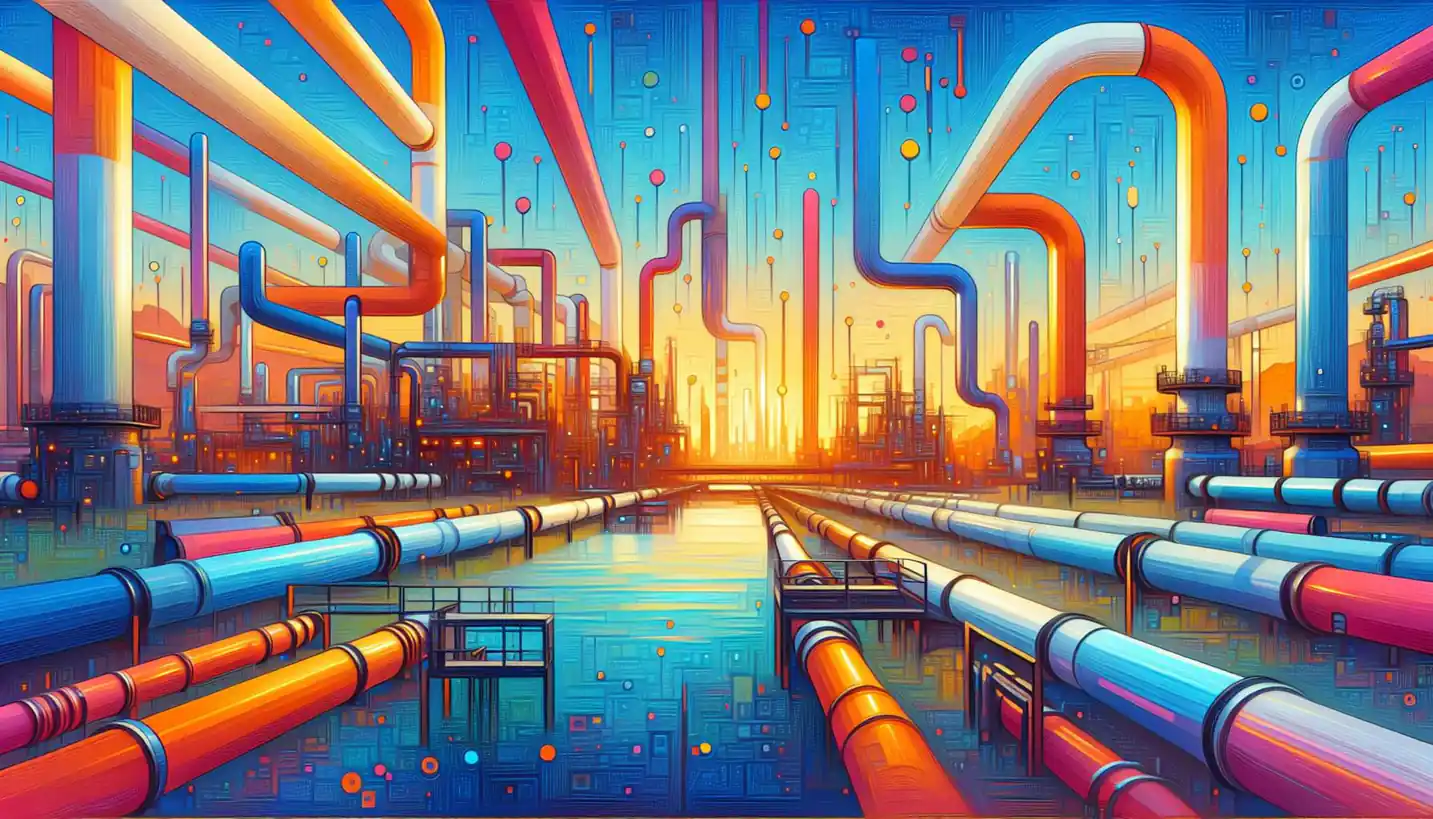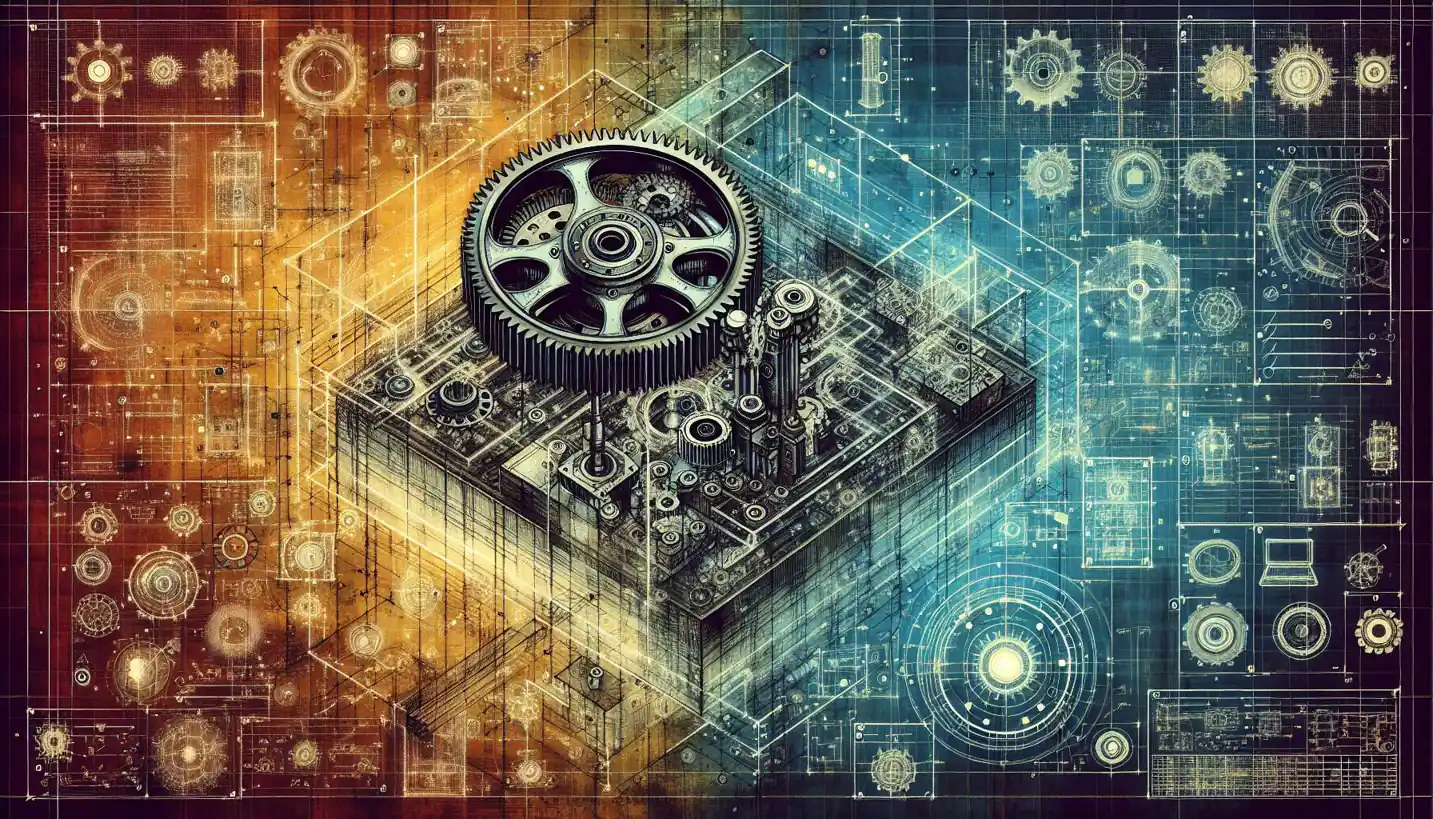· Engineering · 4 min read
Drip Irrigation: Revolutionizing Water Use in Agriculture
Drip irrigation conserves water while boosting crop growth. Explore how this efficient system is changing the future of sustainable agriculture.

In the world of agriculture, water is the lifeline for any crop. However, using it wisely is a challenge, especially with changing climates and growing populations. This is where drip irrigation steps in as a game-changer, conserving water while maximizing crop yield.
Drip irrigation might sound like a fancy term, but it’s all about a simple and clever idea: delivering water directly to the roots of plants, drop by drop. Picture this – you’re watering your houseplant with a teaspoon instead of pouring a glass. That’s the magic of drip irrigation. It’s precise, efficient, and minimizes waste, especially important in areas struggling with water scarcity.
What is Drip Irrigation?
Drip irrigation isn’t entirely new. The concept dates back to ancient times when farmers would bury clay pots near plants, which would slowly seep water into the soil. But it was in the 1960s in Israel where the modern drip irrigation systems we know today were perfected.
In essence, drip irrigation involves a network of tubes and emitters. Water travels through these tubes and drips slowly into the soil at the base of each plant. It’s like each plant gets its personal water supply, just enough to keep it healthy and thriving. This method significantly reduces evaporation and runoff compared to traditional watering methods.
Importance in Modern Agriculture
Why is drip irrigation vital today? Imagine you’re a farmer in a dry region or an area suffering from unpredictable rainfall. How do you keep your crops alive? Drip irrigation offers an effective solution. It allows farmers to grow crops with limited water resources, making farming sustainable even in challenging conditions.
Moreover, drip irrigation leads to higher crop yields and better quality produce. Since water is delivered directly to the roots, plants receive it more efficiently along with nutrients. Less water also means fewer weeds grow, as there is less moisture on the soil surface for them to thrive.
Environmental and Economic Benefits
Drip irrigation isn’t just beneficial for plants and farmers; it’s a boon for the environment. By conserving water, this method reduces the strain on local water sources, such as rivers and reservoirs. It also decreases the chances of soil erosion and nutrient runoff, protecting surrounding ecosystems.
Economically, drip irrigation can be a wise investment. Although the setup can be costly, the savings on water bills and the increase in crop yield make it worthwhile. Plus, with advances in technology, systems are becoming more affordable and accessible to small farmers.
Challenges and Considerations
Despite its many benefits, implementing a drip irrigation system does come with challenges. Initial costs can be high, although they pay off in the long term. Farmers need proper training to manage the systems efficiently, which can be a barrier in regions with limited resources.
Maintenance is another consideration. Emitters can get clogged if the water isn’t properly filtered, leading to uneven watering and stressed plants. Regular checks and maintenance can ensure the system runs smoothly.
Future Trends and Innovations
The future of drip irrigation looks promising, with new technologies and innovations making it even more efficient. For instance, the integration of sensors and automated systems allows precise control of water delivery based on weather conditions and soil moisture levels. Imagine a system that waters your plants only when they need it, taking into account the humidity and temperature.
Research is also being conducted on using alternative water sources for irrigation, such as treated wastewater. This could further reduce the pressure on freshwater sources, making agriculture even more sustainable.
Conclusion
Drip irrigation is a perfect example of how a simple concept can bring about significant change. By mimicking nature’s gentle touch, it not only conserves precious water but also enhances agricultural productivity. As we face the challenges of the future, such as climate change and resource scarcity, adopting smart water management practices like drip irrigation becomes even more crucial.
For farmers and the planet, this approach represents hope and resilience, ensuring food security while preserving the environment. As the technology continues to evolve, it’s exciting to imagine the possibilities and further advancements in making farming more sustainable.



